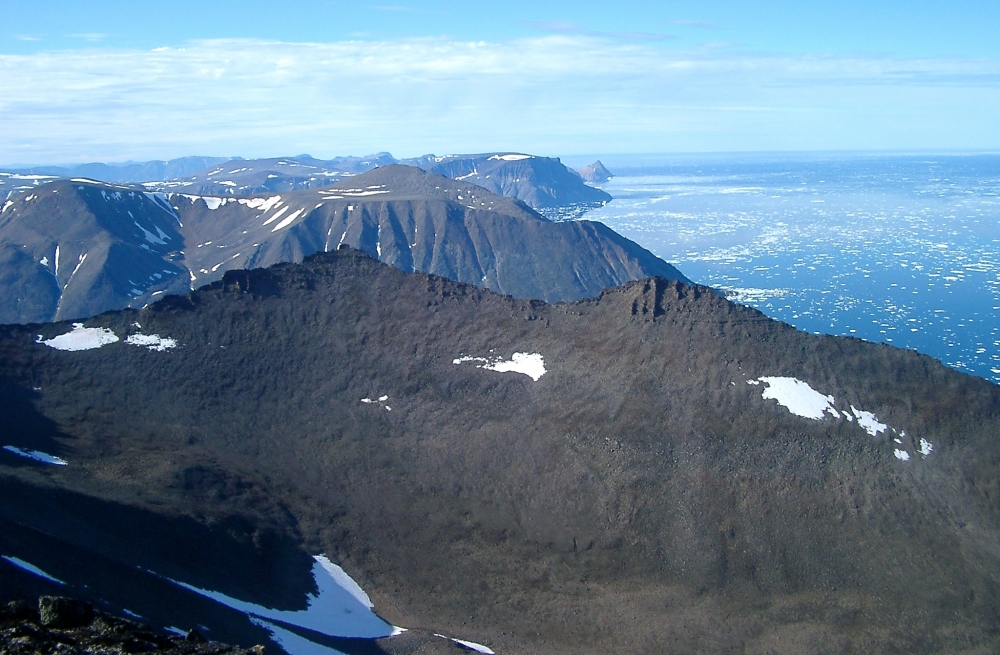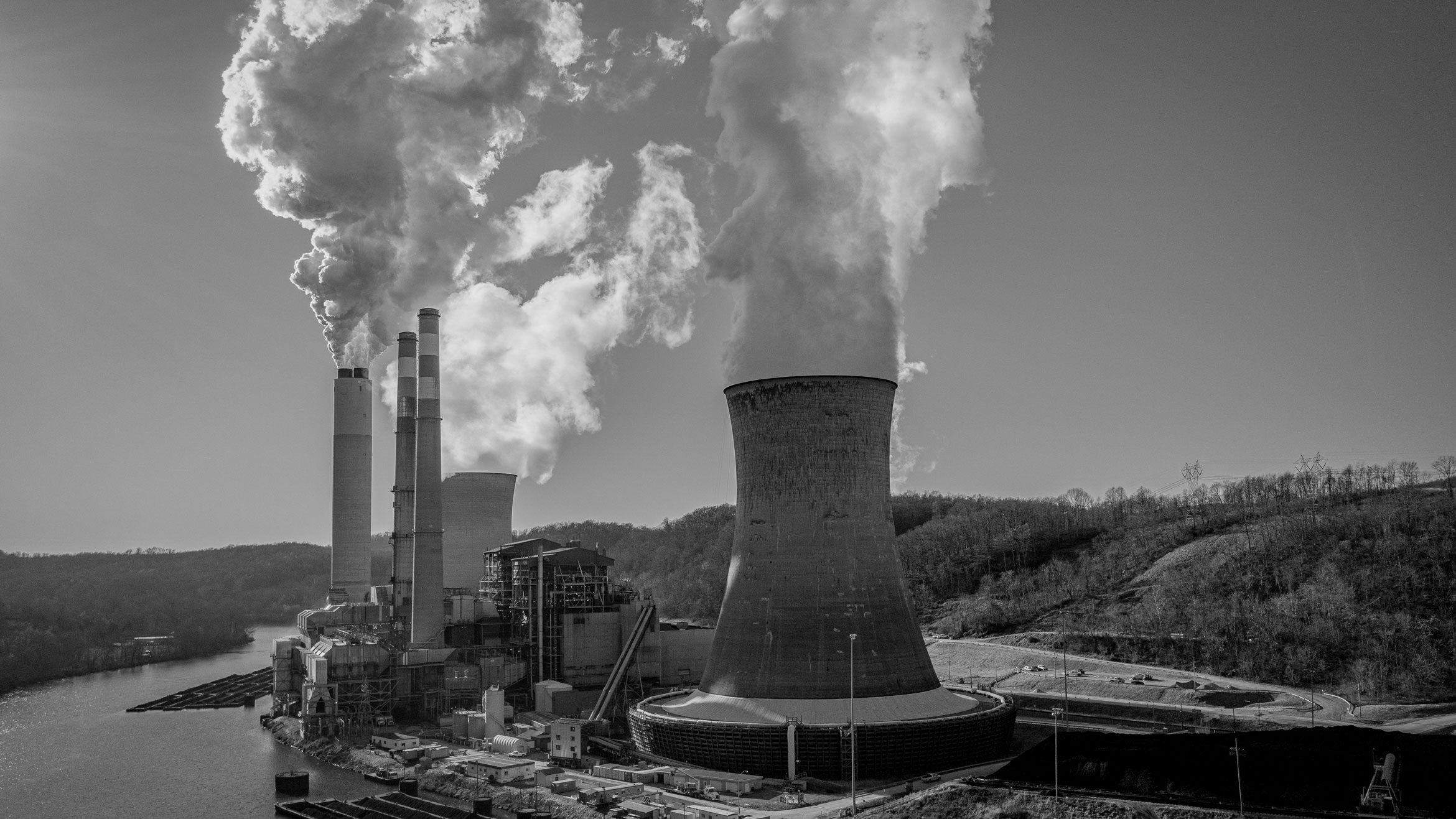
Earth’s Formative Years

When the Earth was born roughly 4.5 billion years ago, its iron nickel core formed first. These dense metals sank to the center while melted mantle turned into the lighter crust. When convection in Earth’s interior caused deep portions of the mantle to rise upward, undergo additional melting and then separate once again by density, it altered the mantle’s chemical composition.
Scientists had long believed that residues of crust formation mixed back into the mantle so thoroughly that evidence of the planet’s oldest geochemical events was completely lost. New research out of UC Santa Barbara shows otherwise.
Geologist Matthew Jackson and colleagues have identified a geochemical signature of material dating from early melting events that were part of the Earth’s formation. Their findings appear in the journal Science.
“We were surprised to discover that such material still exists in the Earth’s interior,” said Jackson, an associate professor in UCSB’s Department of Earth Science. “Given the degree to which we thought that plate tectonics and mantle convection have mixed and stirred the planet’s interior over the past 4.5 billion years, its survival wasn’t expected.”
The researchers located the chemical signature of a tungsten isotope in relatively young rocks from Baffin Island, off the coast of northern Canada, and from the Ontong Java Plateau in the Pacific Ocean, north of the Solomon Islands. They determined that flood basalt rocks from Baffin Island — formed by lavas that erupted 60 million years ago over the volcanic hotspot currently located beneath Iceland — contain slightly more tungsten-182 than other young volcanic rocks. Similarly, lavas from the Ontong Java Plateau — formed by an enormous volcanic event about 120 million years ago — contain excesses of tungsten-182. The presence of tungsten-182 indicates that these rocks are melts of ancient material from inside the Earth that inherited and preserved the distinct isotopic signature for billions of years.
Tungsten-182 is created when the radioactive hafnium-182 decays, changing its composition. Given the latter element’s half-life of 9 million years — the blink of an eye in terms of planetary formation — it had all decayed into tungsten-182 in Earth’s first 50 million years, before the formation of the moon.
According to Jackson, the mechanism responsible for generating the tungsten-182 excess is not well understood. But he suggests an explanation: that the portion of Earth’s mantle from which the lava came experienced a different history of iron separation than other portions of the mantle. (Tungsten is normally removed to the core along with the iron.)
“While we do not yet completely understand the mechanism responsible for generating the tungsten-182 excess, the key is the observation itself,” Jackson said. “These excesses could be generated only in the first 50 million years of Earth’s history, and their presence in the modern mantle indicates that the mantle did not completely homogenize all early-formed reservoirs over the past 4.5 billion years. We didn’t expect anything to survive in the mantle that long. We have to rethink how efficient a mixing cauldron the mantle actually is.”
This discovery offers new insight into the chemistry and dynamics that shaped the Earth’s formative processes as well as its internal dynamics. Going forward, scientists will be on the hunt for other places in the Earth’s interior where this ancient material is stored.
“The fact that we have an isotopic record preserving the earliest possible events in the Earth’s history is astounding,” Jackson concluded. “The real excitement moving forward is, in what other geologic environments are we going to find these signatures of the early Earth? This is just the tip of the iceberg and will keep people busy for a decade.”



